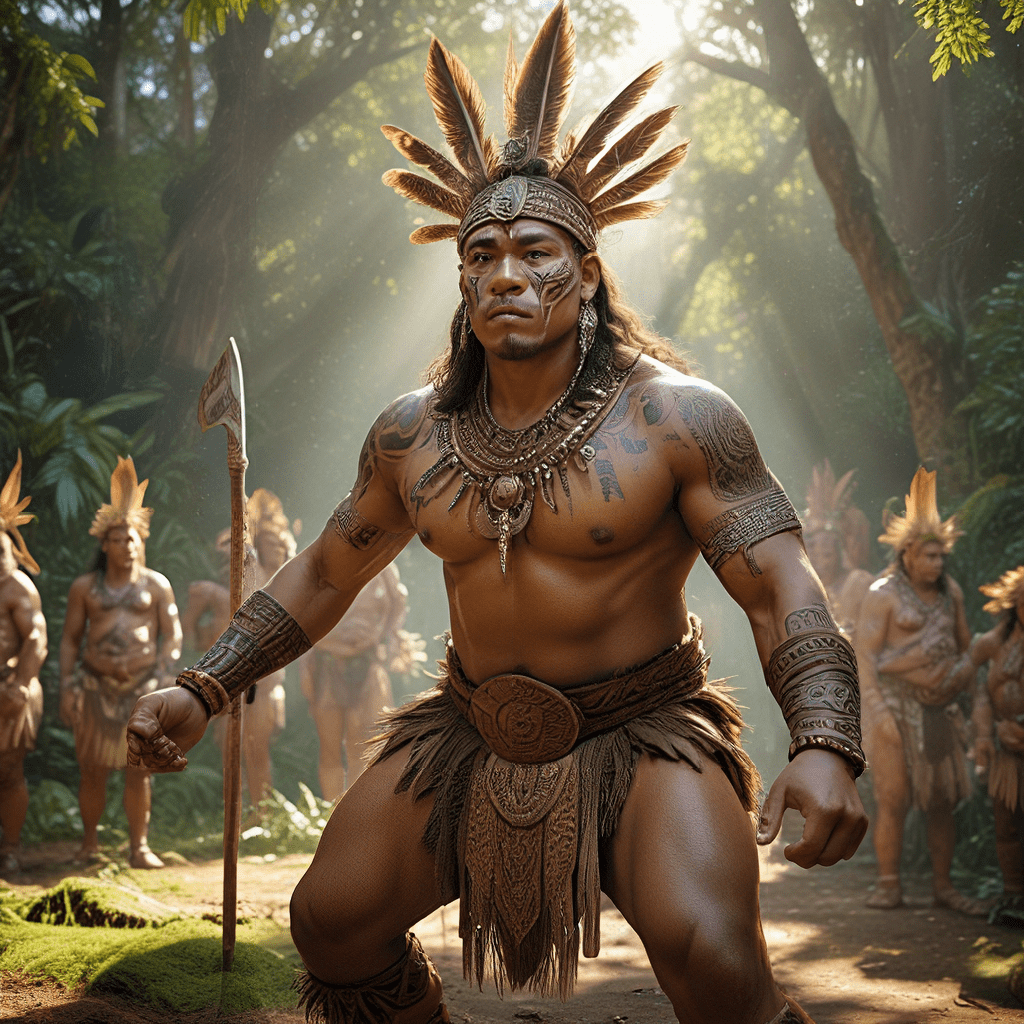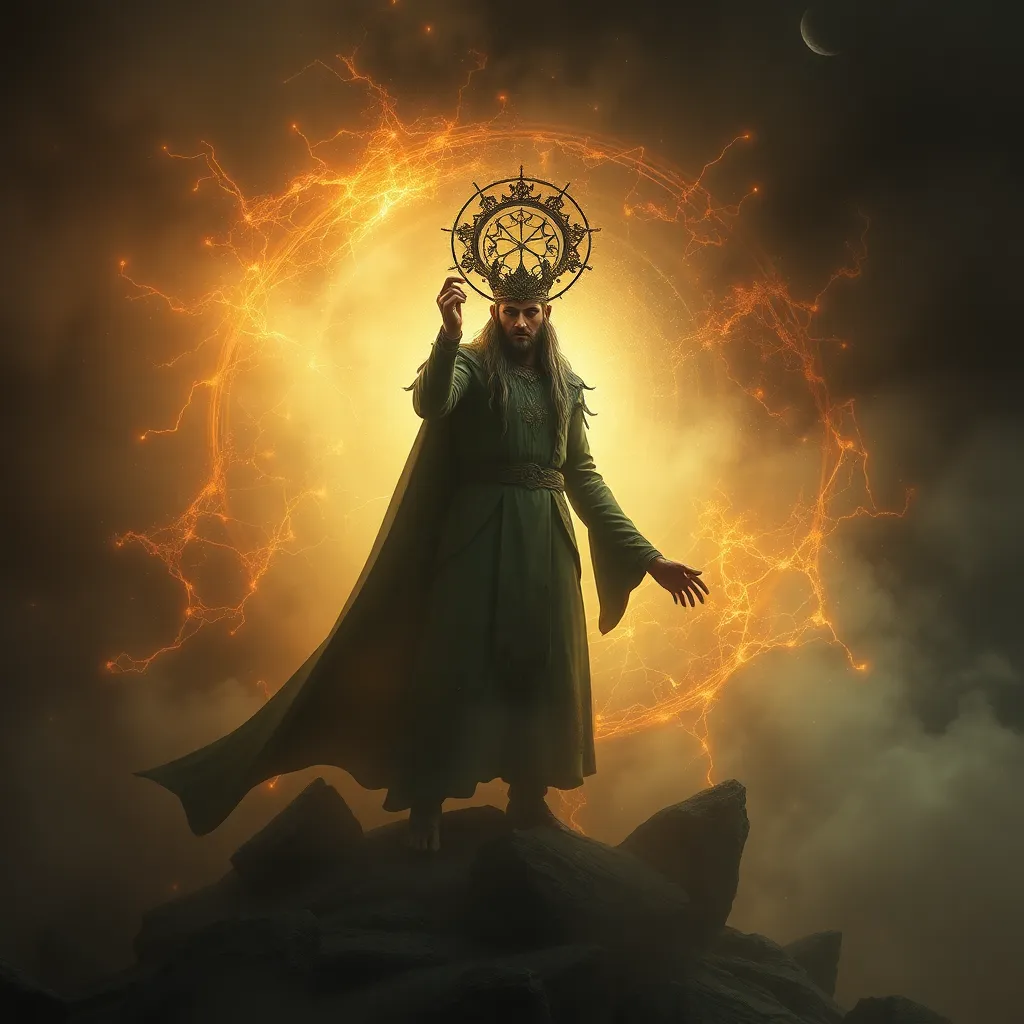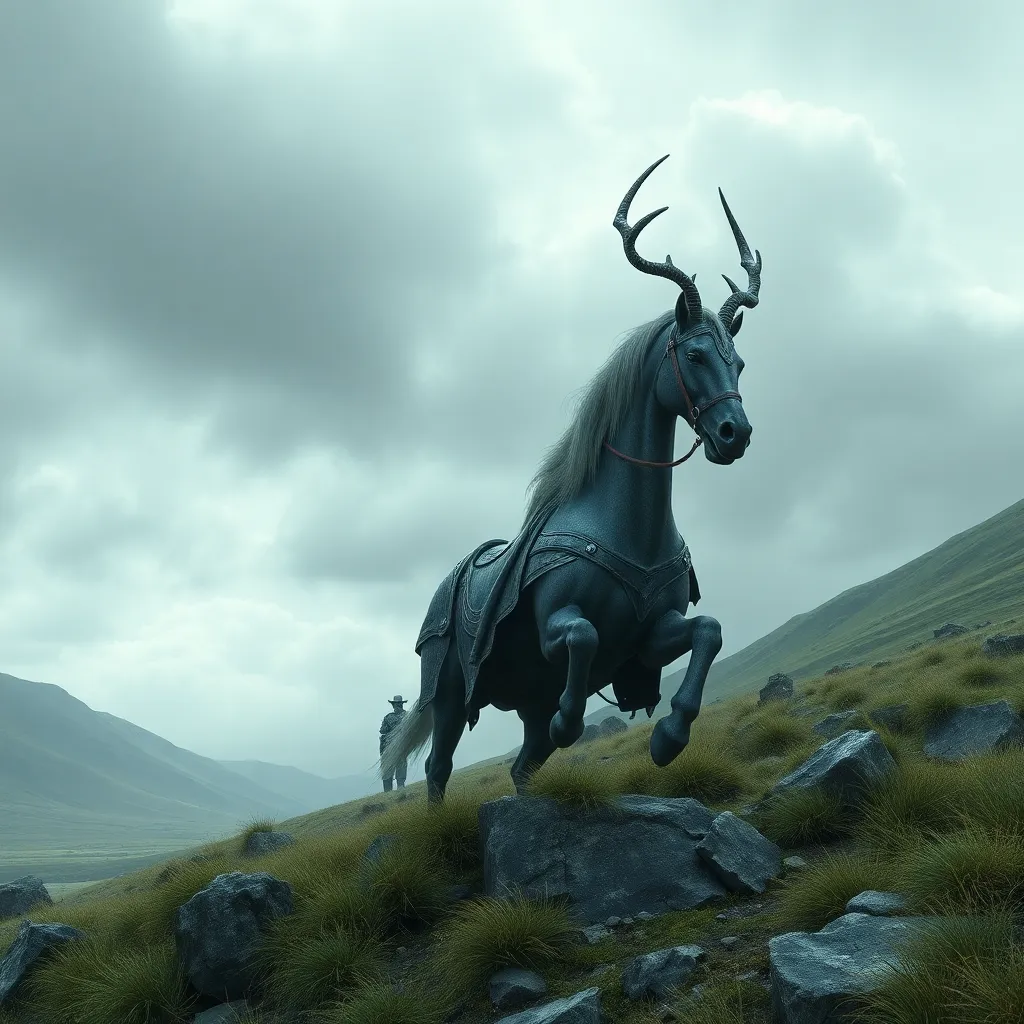The Tapestry of Māori Mythology: A World Shaped by Gods and Ancestors
The Māori people of New Zealand possess a rich and vibrant tapestry of mythology, woven from the threads of ancient stories, rituals, and beliefs. This mythology is a living legacy, shaping their worldview, identity, and connection to the land. At its heart lies the belief that the universe was created by gods, and that human beings are descended from these divine beings. These ancestral figures, known as atua, are revered and honored through a profound respect for the natural world and a deep connection to their ancestors.
Māori mythology is not just a collection of stories; it's a framework for understanding the world around them. It explains the origins of everything, from the mountains and rivers to the stars and the moon. It offers guidance on how to live a good life, how to interact with the natural world, and how to navigate the challenges of human existence. The stories are filled with powerful lessons about courage, wisdom, love, and the consequences of wrong choices.
The Significance of Rituals and Ceremonies: Connecting to the Past and the Divine
Māori rituals and ceremonies are the embodiment of their mythology. They are powerful expressions of their beliefs, values, and connection to the past. These ceremonies are not just ancient traditions; they are living expressions of their cultural identity and a vital part of their daily lives.
Rituals and ceremonies are a way to honor their ancestors, connect with the divine, and seek guidance from the spirits. These events are often intricately woven with stories, songs, dances, and symbolic objects. They bring together generations of Māori, strengthening their sense of community and reminding them of their shared history. Whether it's a small family gathering or a large community event, these rituals offer a powerful way to connect with the past, present, and future.
Tiki: The Sacred Carvings that Encapsulate Ancestral Spirits
Tiki are powerful and sacred carvings that play a vital role in Māori mythology and ritual. These figures, often carved from wood or stone, represent ancestors, gods, or important figures from their history. They are not just decorative objects; they are imbued with spiritual power and believed to embody the essence of the beings they represent.
The creation of a tiki is a sacred process, often requiring special knowledge and skills passed down through generations. It starts with the selection of the right material, followed by a meticulous carving process filled with rituals and prayers. Once completed, the tiki is imbued with spiritual power through a ceremony. It is then used in rituals, placed in sacred spaces, or worn as amulets for protection and guidance.
The Importance of Whakapapa: Tracing Lineage and Connecting to the Past
Whakapapa is a fundamental concept in Māori culture, meaning "genealogy" or "ancestry." It goes beyond simply tracing lineage; it's a way of understanding their place in the world and their connection to everything around them.
Whakapapa is a lineage that connects individuals to their ancestors, the gods, and the land itself. It's a powerful tool for understanding their identity, their responsibilities, and their place within the community. Through whakapapa, they learn about their ancestors' achievements, their struggles, and the values they cherished. It helps them to understand the stories of their people and the importance of preserving their heritage.
The Role of the Tangata Whenua: Guardians of the Land and its Stories
Tangata whenua translates to "people of the land." They are the original inhabitants of a particular territory and have a profound responsibility for its well-being. This responsibility goes beyond just caring for the land; it also involves protecting the stories, traditions, and cultural knowledge associated with it.
Tangata whenua are the guardians of their ancestors' legacy. They play a crucial role in ensuring that their stories are passed down to future generations and that their cultural practices are preserved. They are the custodians of their history, their spirituality, and their connection to the land. They hold a deep respect for the natural world and strive to live in harmony with it. Their relationship with the land is not just practical but also spiritual and deeply intertwined with their identity.
The Influence of the Gods: From Rangi and Papa to Tane Mahuta
Māori mythology is rich with powerful gods who shaped the world and its people. At the beginning of time, according to their creation myth, the sky father, Rangi, and the earth mother, Papa, were intertwined, their bodies pressed together. Their children, the gods of the forest, the sea, and the mountains, grew tired of the darkness and the closeness of their parents.
One of these children, Tane Mahuta, the god of the forest, was the most determined to separate Rangi and Papa. With great strength, he pushed his parents apart, creating the world as we know it today. The separation is a pivotal moment in Māori mythology, marking the birth of the world and the beginning of human existence.
Another important god is Maui, the trickster-hero who fished up the North Island of New Zealand from the ocean depths. His feats of strength and cunning are celebrated in many stories and songs. He is said to have brought the sun to the people, slowed down the sun's journey across the sky, and created fire. Maui symbolizes innovation, creativity, and the ability to overcome challenges.
These gods and their stories are deeply woven into the fabric of Māori culture. They are honored in rituals, reflected in everyday life, and passed down through generations. Their stories continue to inspire and guide Māori people today, offering insights into their connection to the land, their ancestors, and the universe.
The Power of the Haka: A Dance that Celebrates Ancestry and Strength
The haka is a powerful and iconic dance that is deeply embedded in Māori culture. More than just a dance, it's a powerful expression of strength, unity, and defiance. The haka is performed in a variety of contexts, from welcoming guests to challenging opponents in battle.
The movements are vigorous, with stomping feet, thrusting chests, and fierce facial expressions. The rhythmic chanting, known as "ngeri," further adds to its intensity. The haka often involves specific gestures and movements that tell a story or convey a message.
The haka is a powerful representation of the connection between Māori people and their ancestors. The movements and chants evoke the spirits of their ancestors and the strength of their lineage. It serves as a reminder of their shared history and their collective identity.
The Ritual of the Poi: A Dance of Grace and Connection to the Earth
The poi is a traditional Māori dance that is performed with a ball, usually made of flax or wool, attached to a string. The poi dance is known for its grace, fluidity, and rhythmic beauty.
The movements are subtle and precise, involving intricate patterns and rhythms. The poi balls are swung through the air, creating a mesmerizing display of movement. The poi dance is not just about physical skill; it’s also about storytelling, emotion, and connection to the earth.
The poi represents the earth, the life-giving force that sustains Māori people. The dancers move their bodies in rhythmic patterns, evoking the earth's heartbeat and the flow of nature. The poi also symbolizes the connection between people and their ancestors, the threads that bind them together across generations.
The Significance of the Marae: The Sacred Ground for Rituals and Gatherings
The marae is a sacred ground in Māori culture, a place of gathering, ceremony, and remembrance. It is a rectangular courtyard surrounded by a raised platform known as the wharenui. The wharenui is a meeting house that serves as a gathering place for the community and a repository of their history and traditions.
The marae is a place where Māori people come together to honor their ancestors, celebrate important occasions, and discuss matters of importance to the community. It is a place of great spiritual significance, where they connect with their past, present, and future.
Rituals and ceremonies held on the marae are often elaborate and symbolic, incorporating songs, dances, speeches, and prayers. These events are not just social gatherings; they are a way of connecting to the spiritual world and ensuring the continuity of their culture.
The Legacy of Māori Rituals: Preserving Tradition and Honoring the Past
Māori rituals are a living legacy, passed down through generations and adapted to the changing times. Their resilience reflects their commitment to preserving their culture and honoring their ancestors.
They play a vital role in shaping their identity, their worldview, and their connection to the land. By performing these rituals, they honor their past, celebrate their present, and ensure that their traditions will continue to thrive for generations to come.
They are a source of pride, strength, and resilience for the Māori people. Their rituals and ceremonies are a testament to the power of their culture and its enduring legacy.
FAQ:
Q: What are some of the most important Māori gods?
A: Some of the most important Māori gods include Rangi (Sky Father), Papa (Earth Mother), Tane Mahuta (God of the Forest), Maui (Trickster Hero), and Tangaroa (God of the Sea).
Q: What is the purpose of the Māori haka?
A: The haka is a powerful dance that expresses strength, unity, and defiance. It is used in various contexts, from welcoming guests to challenging opponents in battle.
Q: What is the significance of the marae in Māori culture?
A: The marae is a sacred ground that serves as a place of gathering, ceremony, and remembrance. It is a place where Māori people come together to honor their ancestors, celebrate important occasions, and discuss matters of importance to the community.
Q: How are Māori rituals adapted to the changing times?
A: Māori rituals are constantly evolving and adapting to the changing times, while still maintaining their core values and traditions. They are a reflection of the resilience and adaptability of Māori culture.



